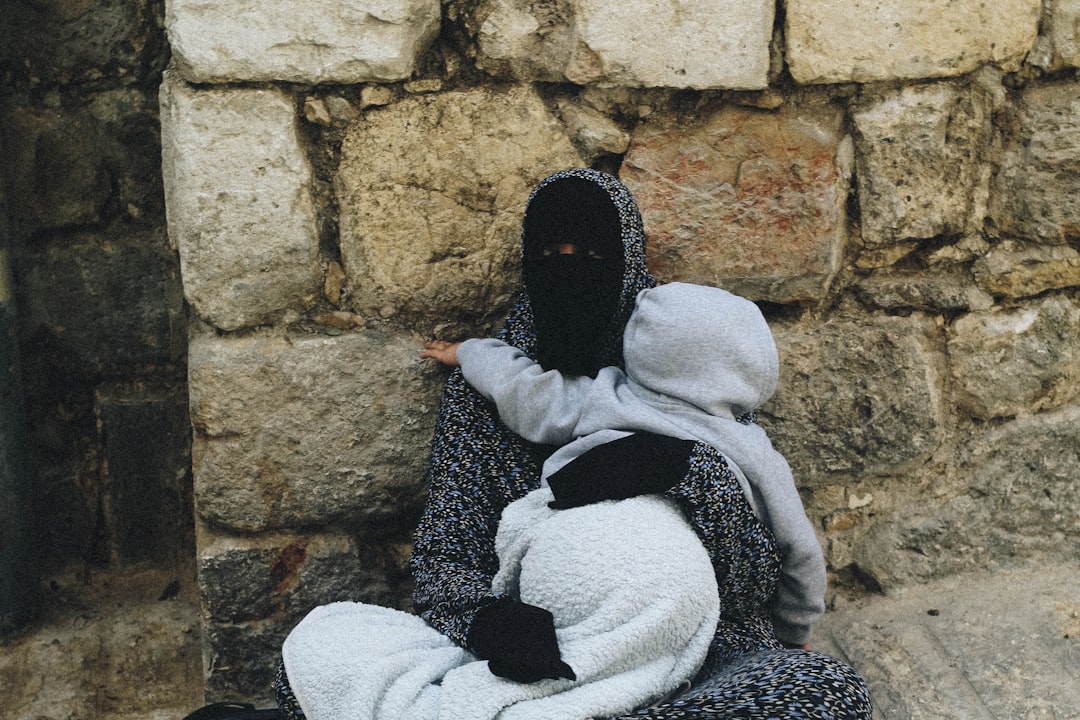What is it about?
This study extends research on the relationships among social anxiety, cannabis use patterns, and cannabis effect expectancies. Specifically, the study examines these relationships among a community sample of male and female high school students.
Featured Image
Why is it important?
The study suggests that social anxiety can be protective against substance involvement in adolescence, despite its negative consequences on other aspects of behavior and mental health. Teenagers with higher social anxiety could have a greater fear of transgressing social norms than those who have lower levels of social anxiety or may be socially avoidant and thus not commonly in the types of situations where social cannabis use is taking place. Another interesting finding is that Social and Sexual Facilitation Expectancy modulates the link between social anxiety and cannabis use among teenagers. These data may suggest that socially anxious adolescents consider facilitation expectancies about social interactions and sexual experiences as dissuasive reasons to use cannabis, likely because they usually are more socially avoidant or they are afraid of losing control of situations.
Perspectives
This study provides new insights about the factors related to cannabis use in adolescence, specifically with respect to the role of social anxiety and cannabis effect expectancies. These issues might be further investigated in future studies to develop prevention strategies focused on minimizing cannabis use in adolescence
Maria Di Blasi
Universita degli Studi di Palermo
Read the Original
This page is a summary of: Cannabis Use and Social Anxiety in Adolescence: The Role of Facilitation Expectancies, Journal of Child & Adolescent Substance Abuse, July 2015, Taylor & Francis,
DOI: 10.1080/1067828x.2013.872066.
You can read the full text:
Contributors
The following have contributed to this page










